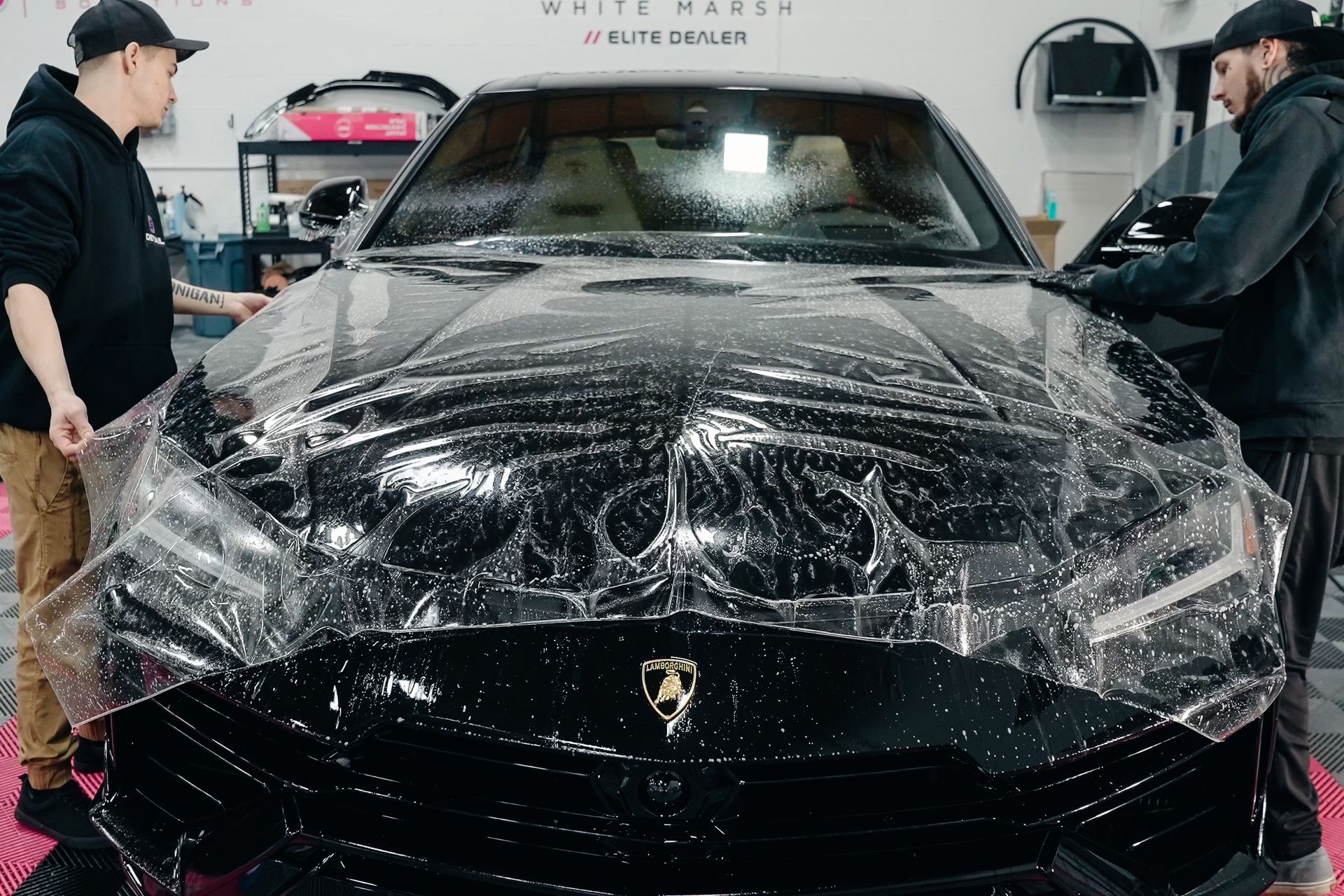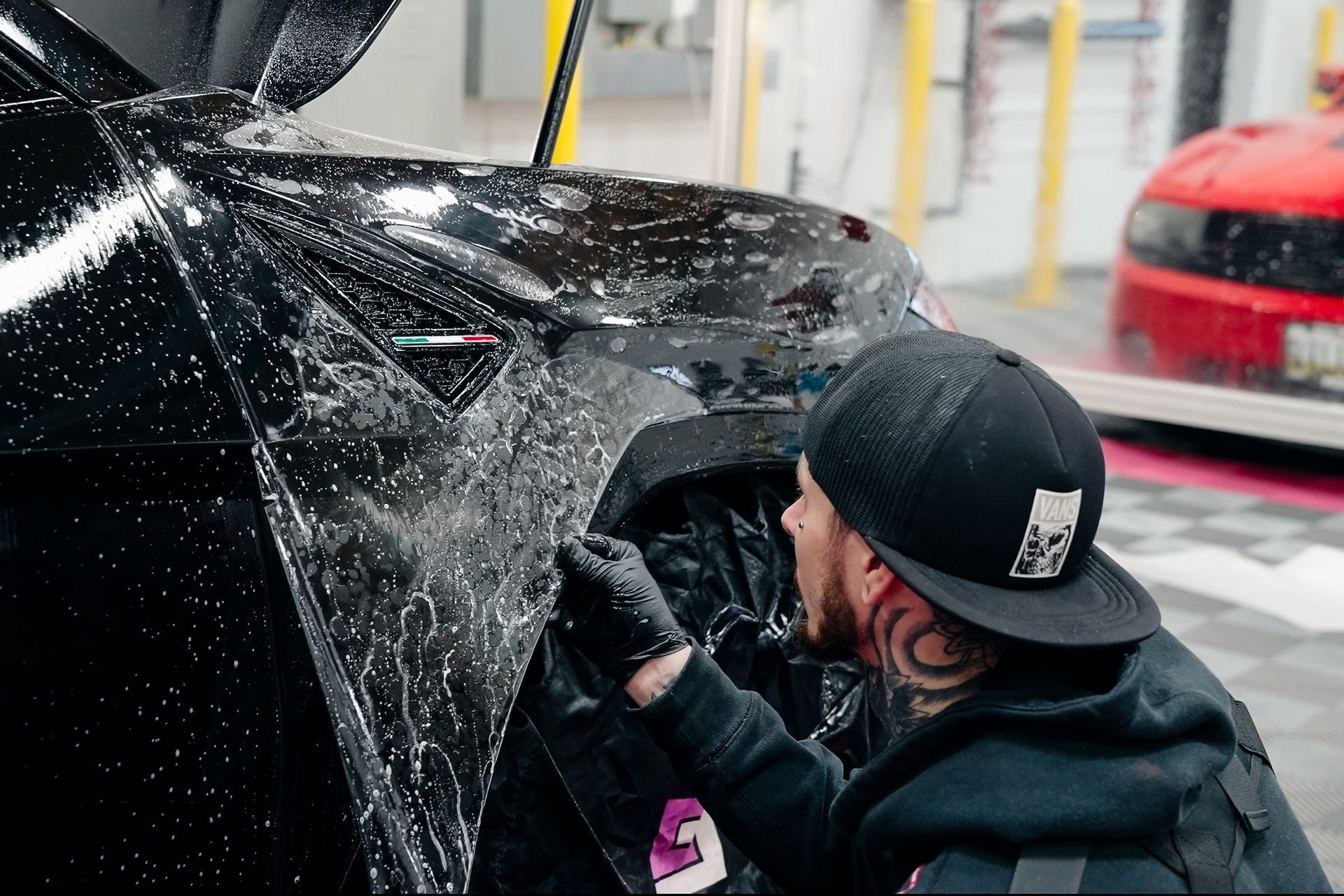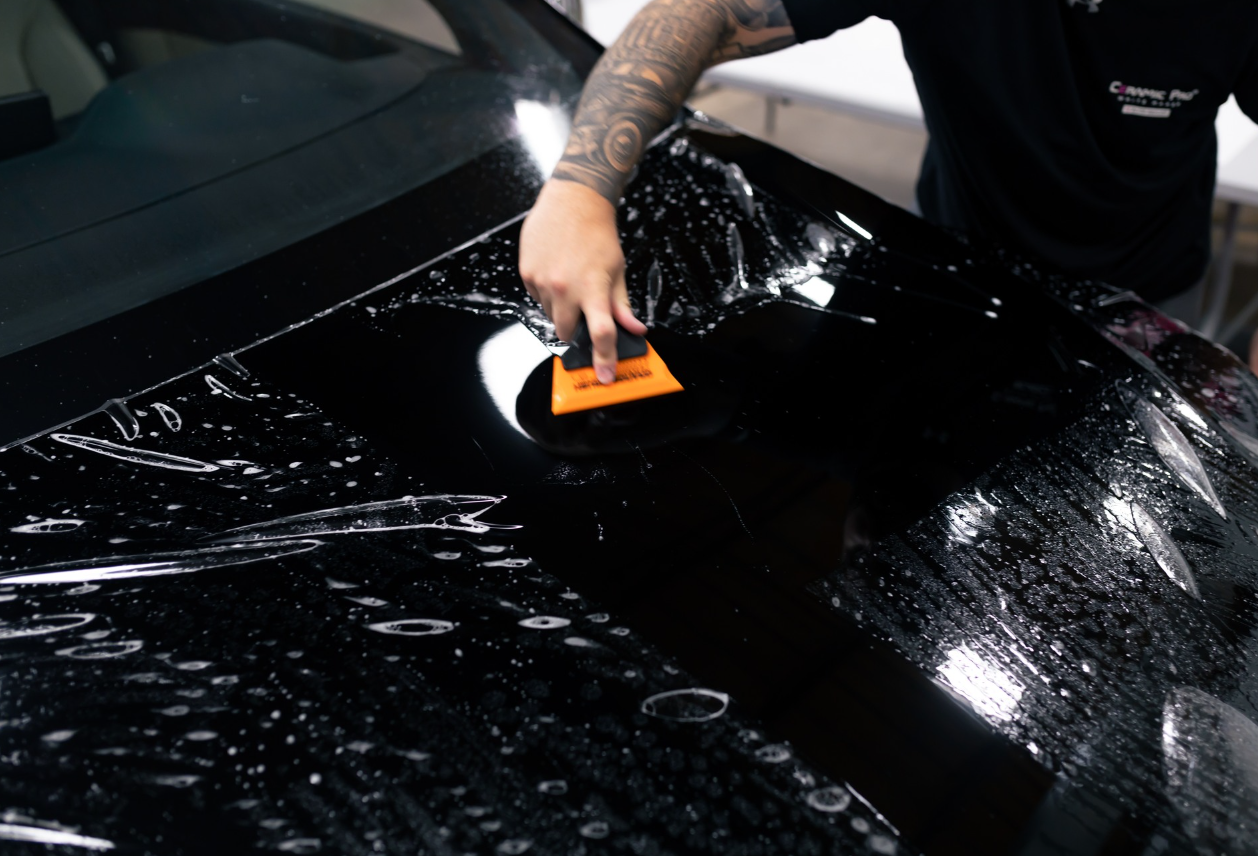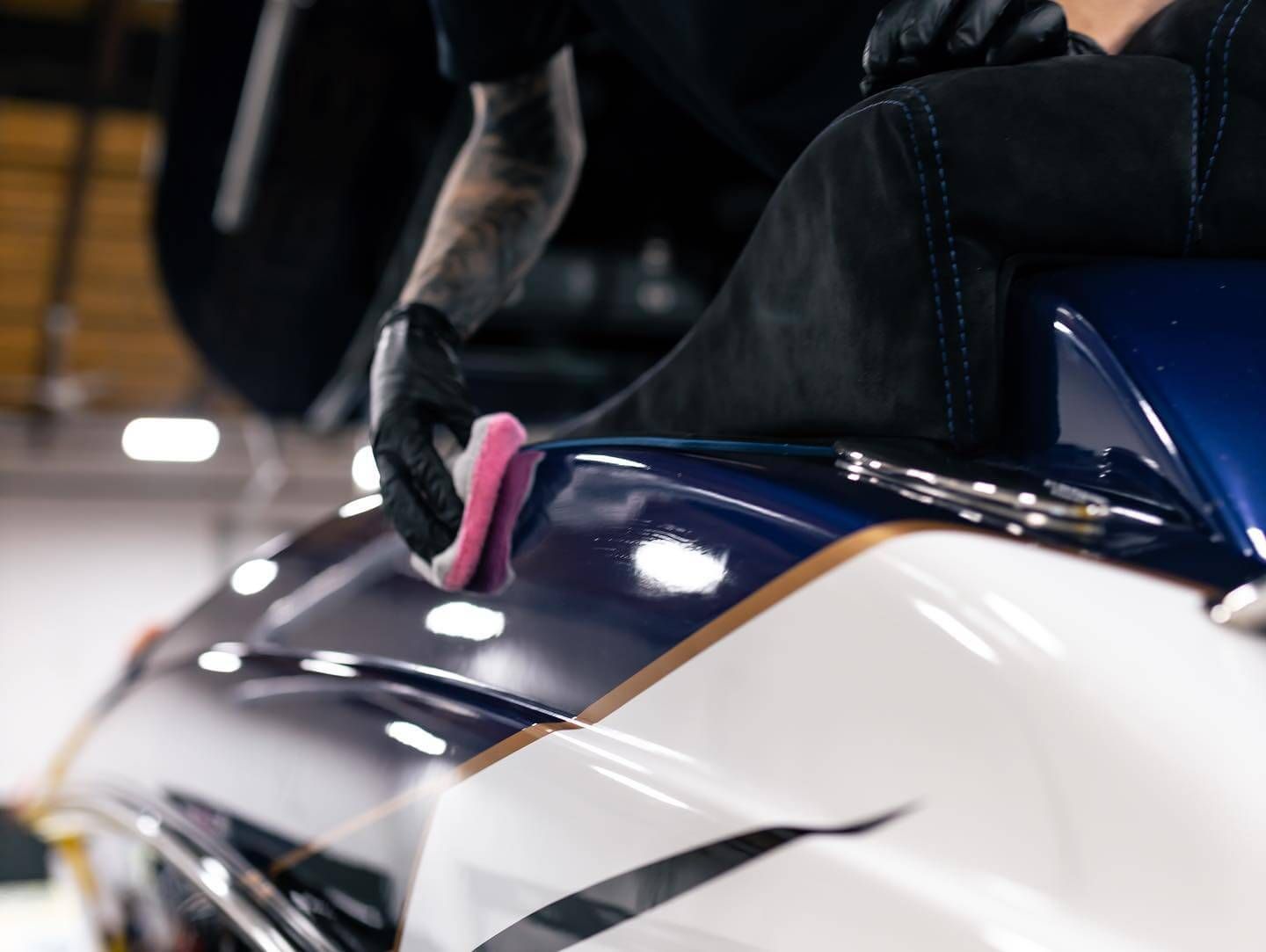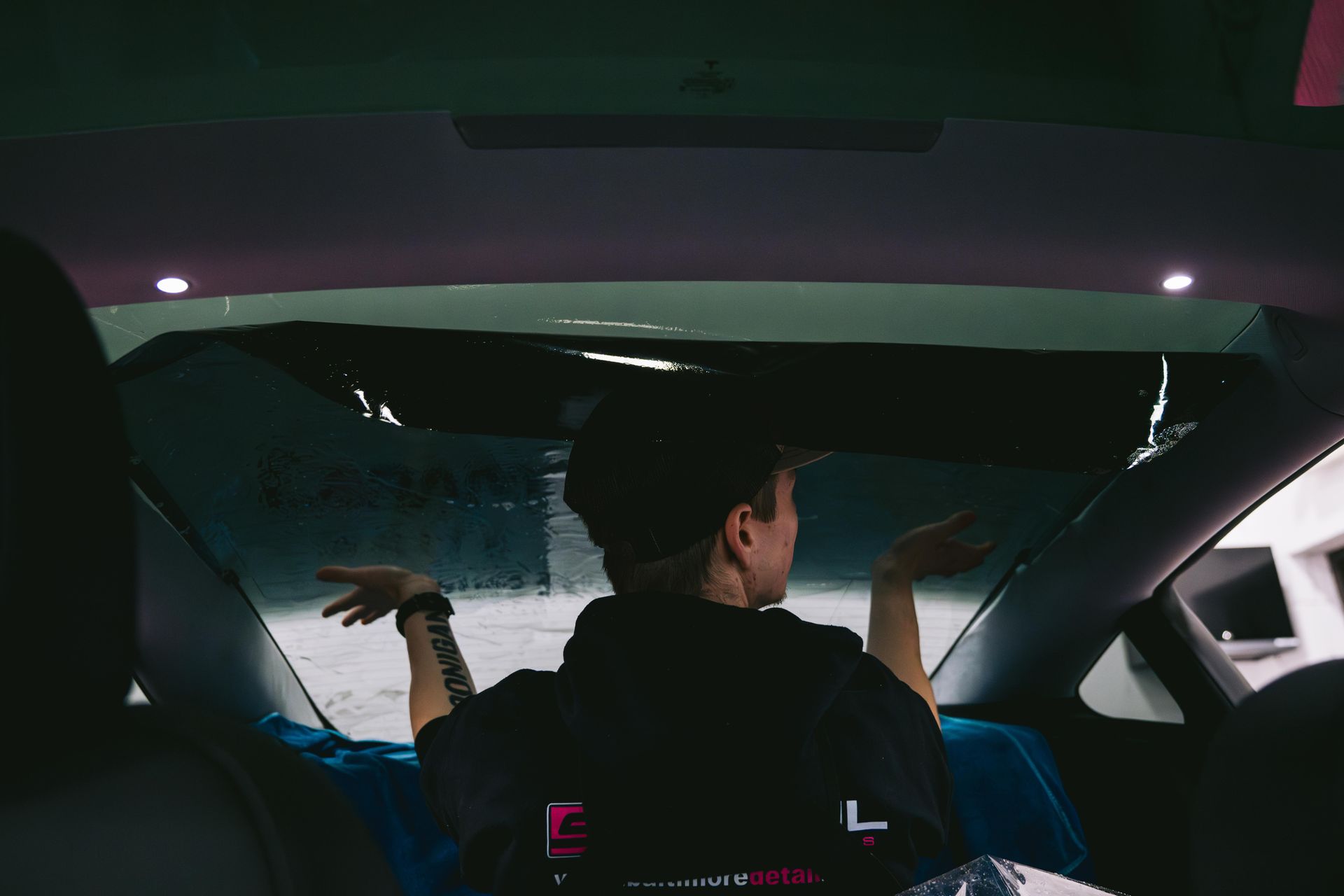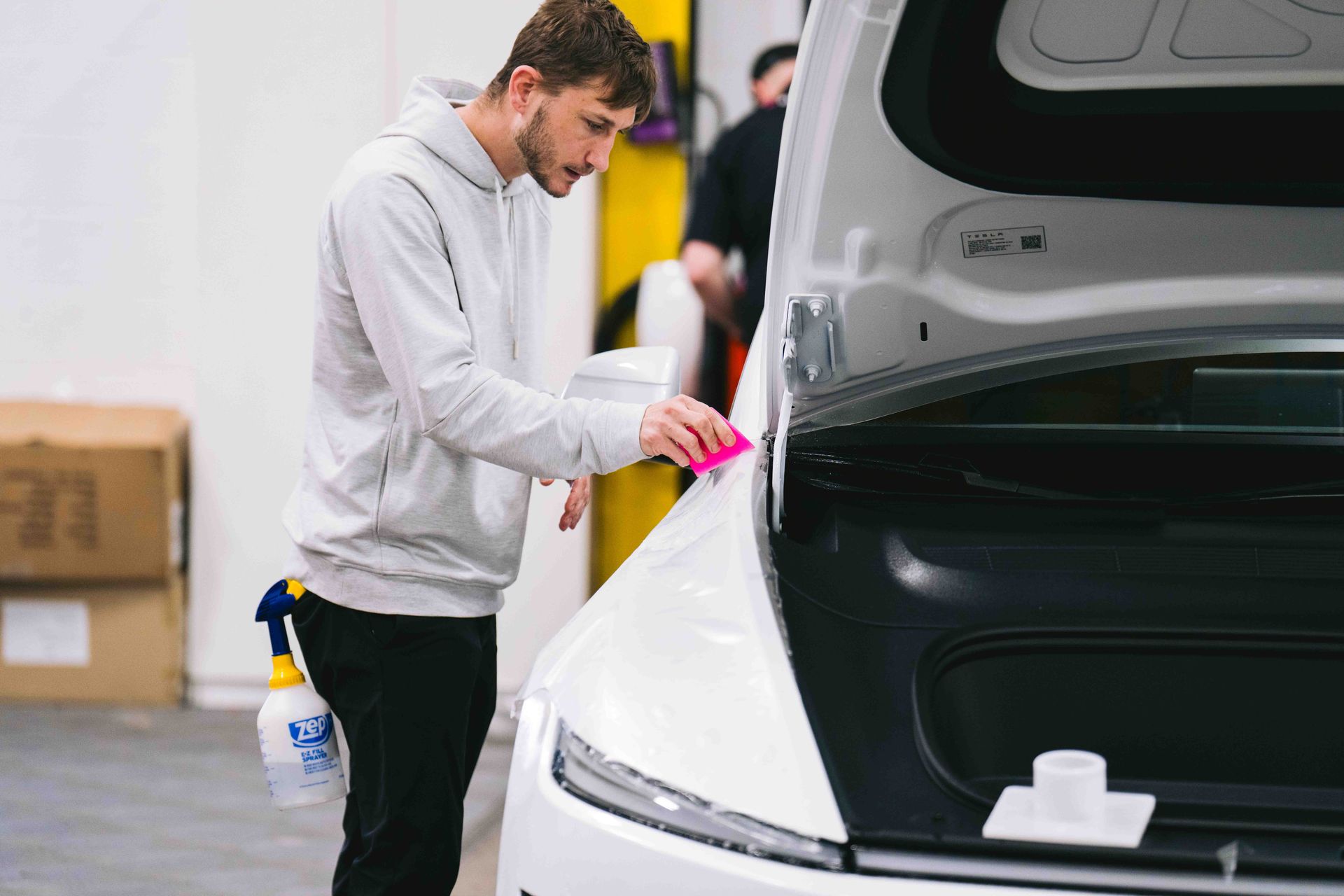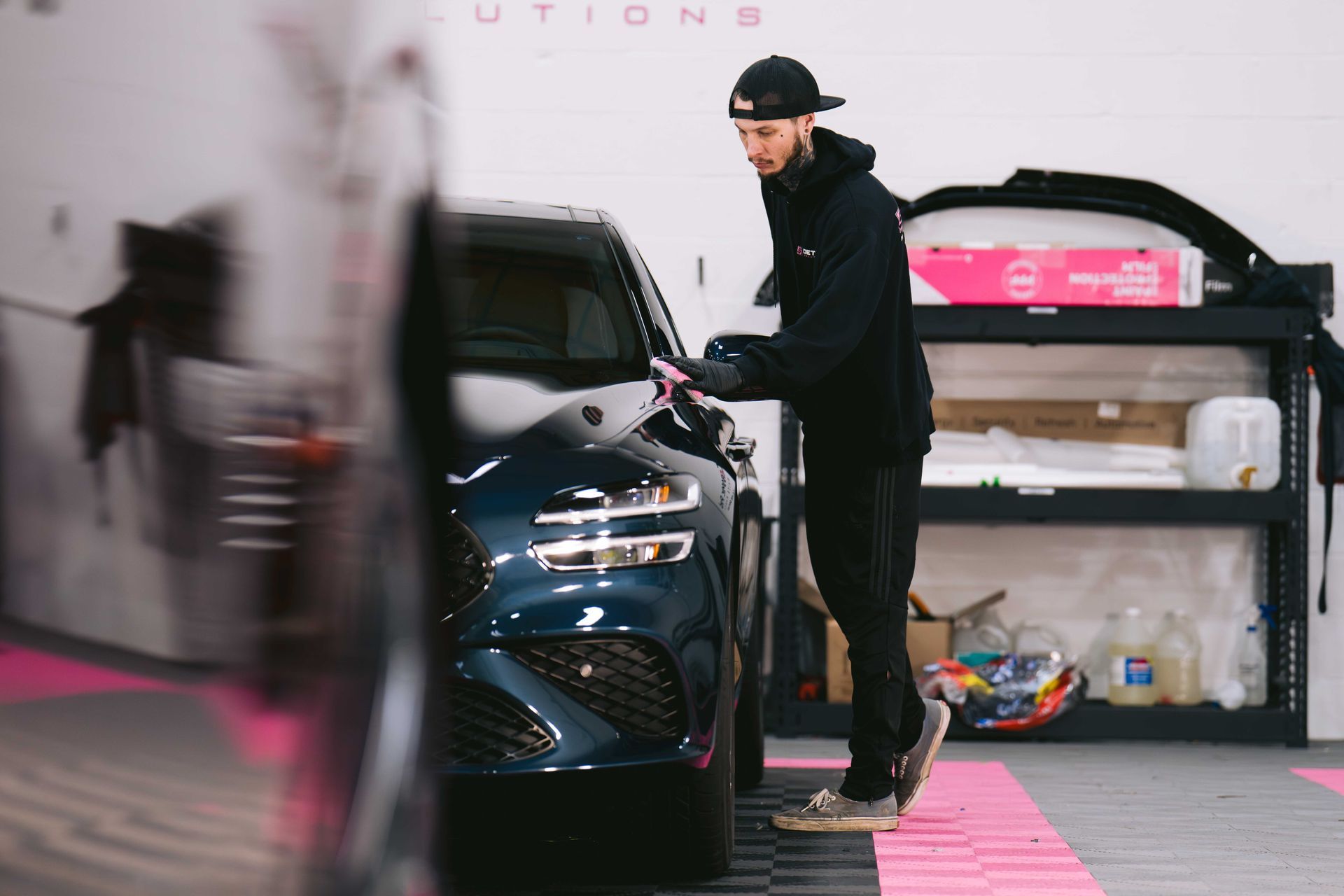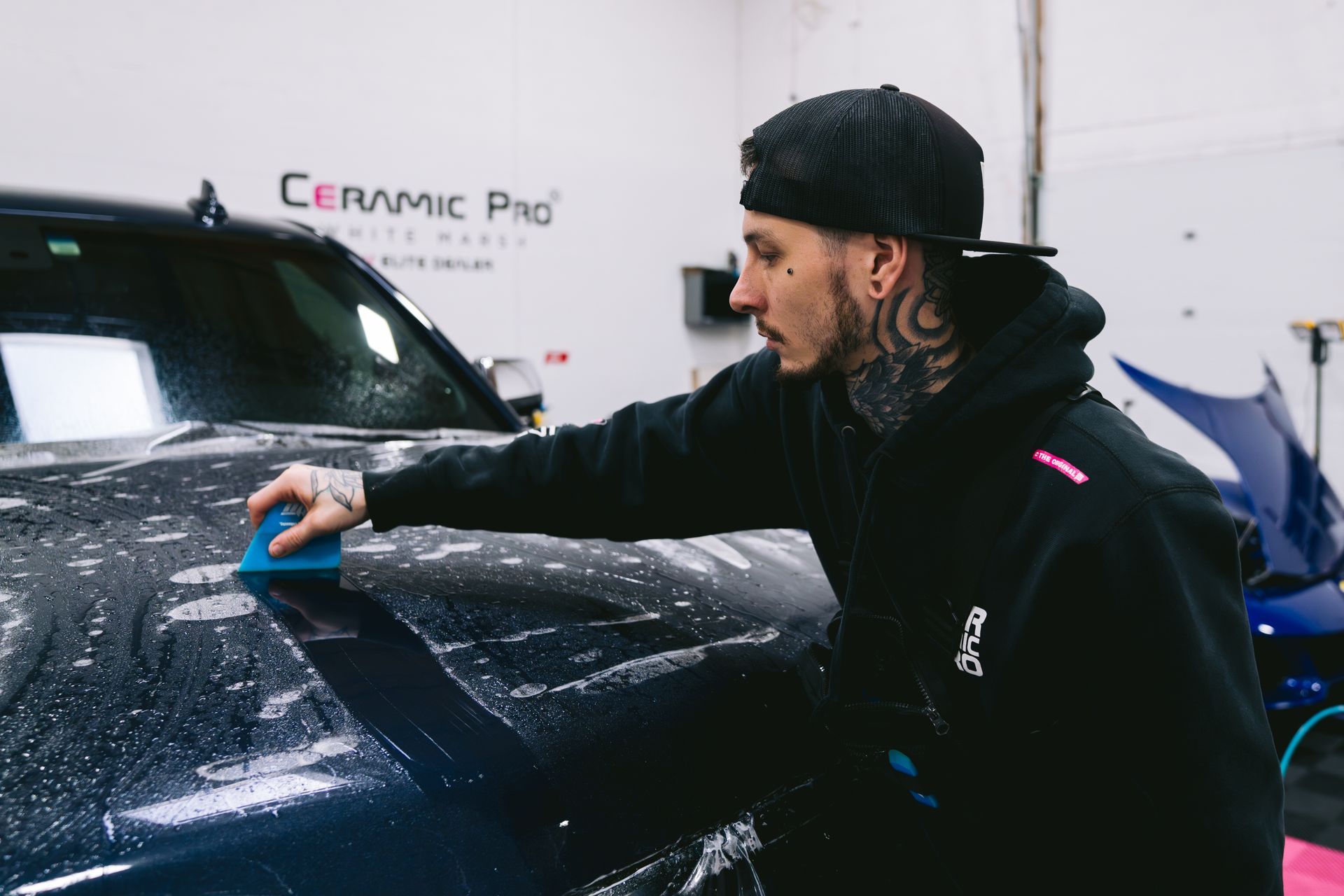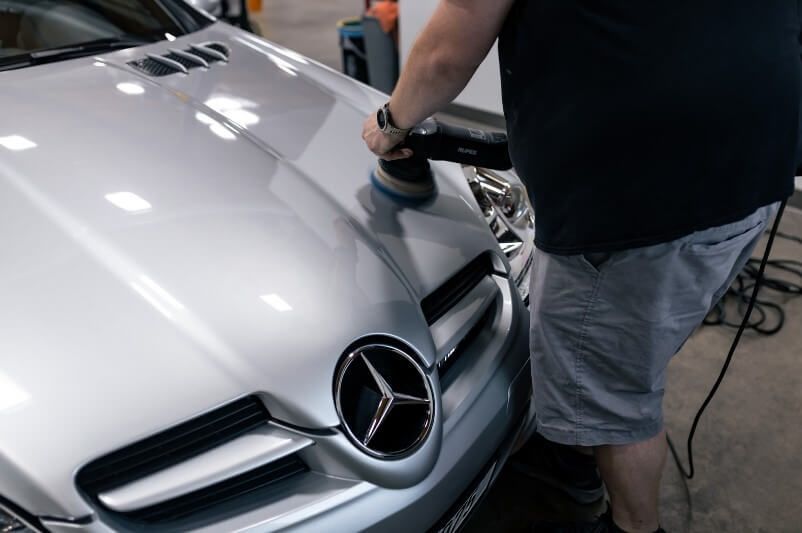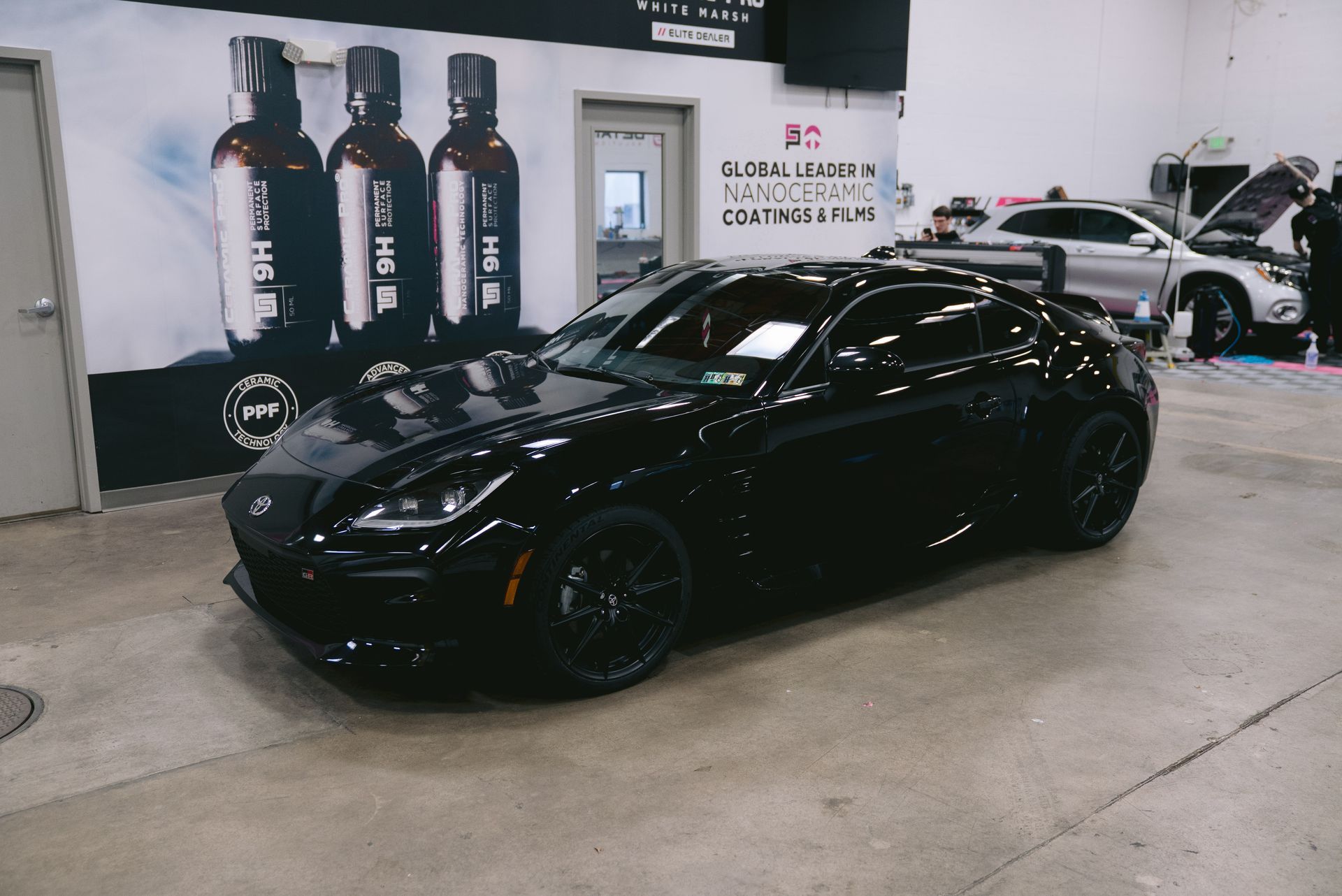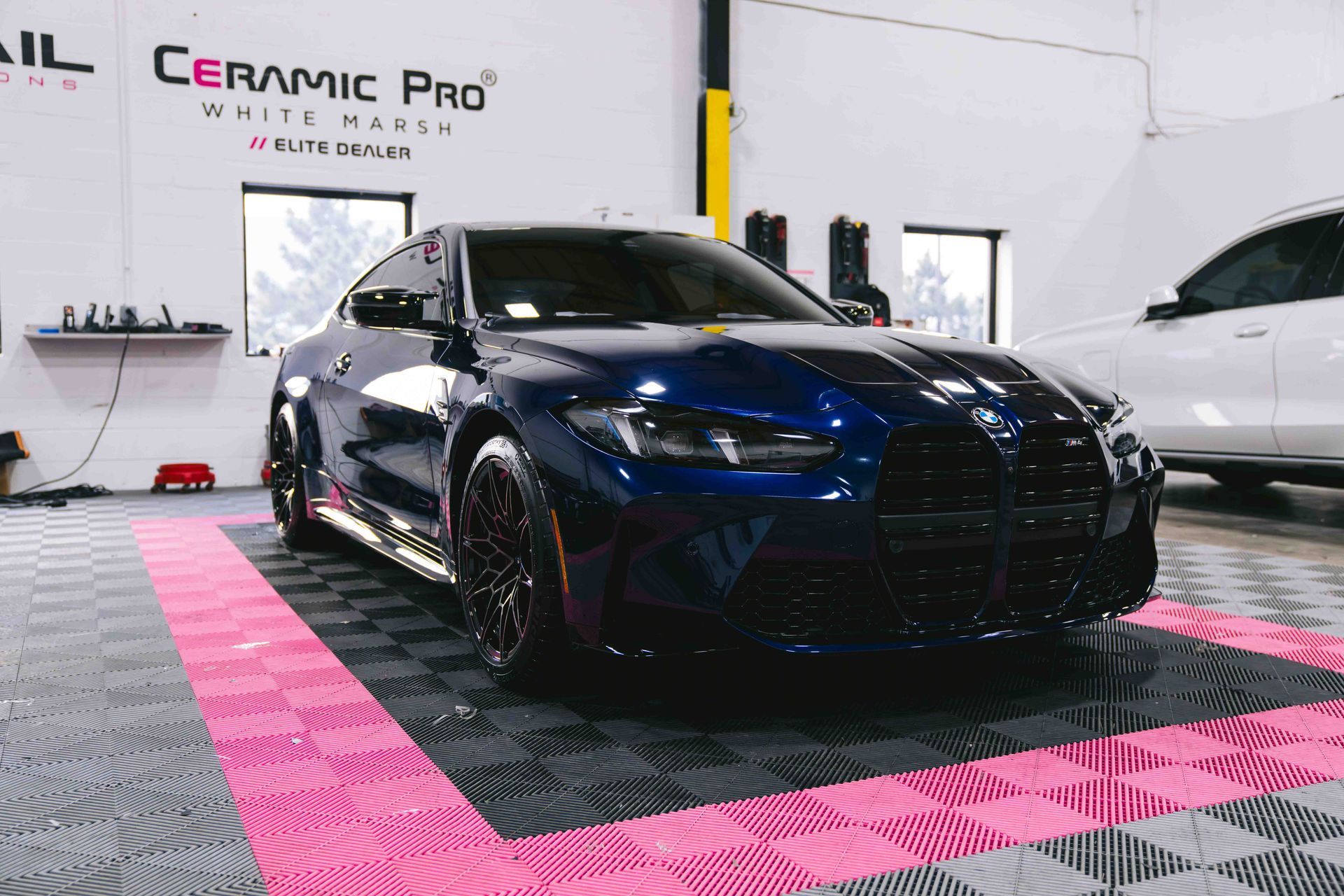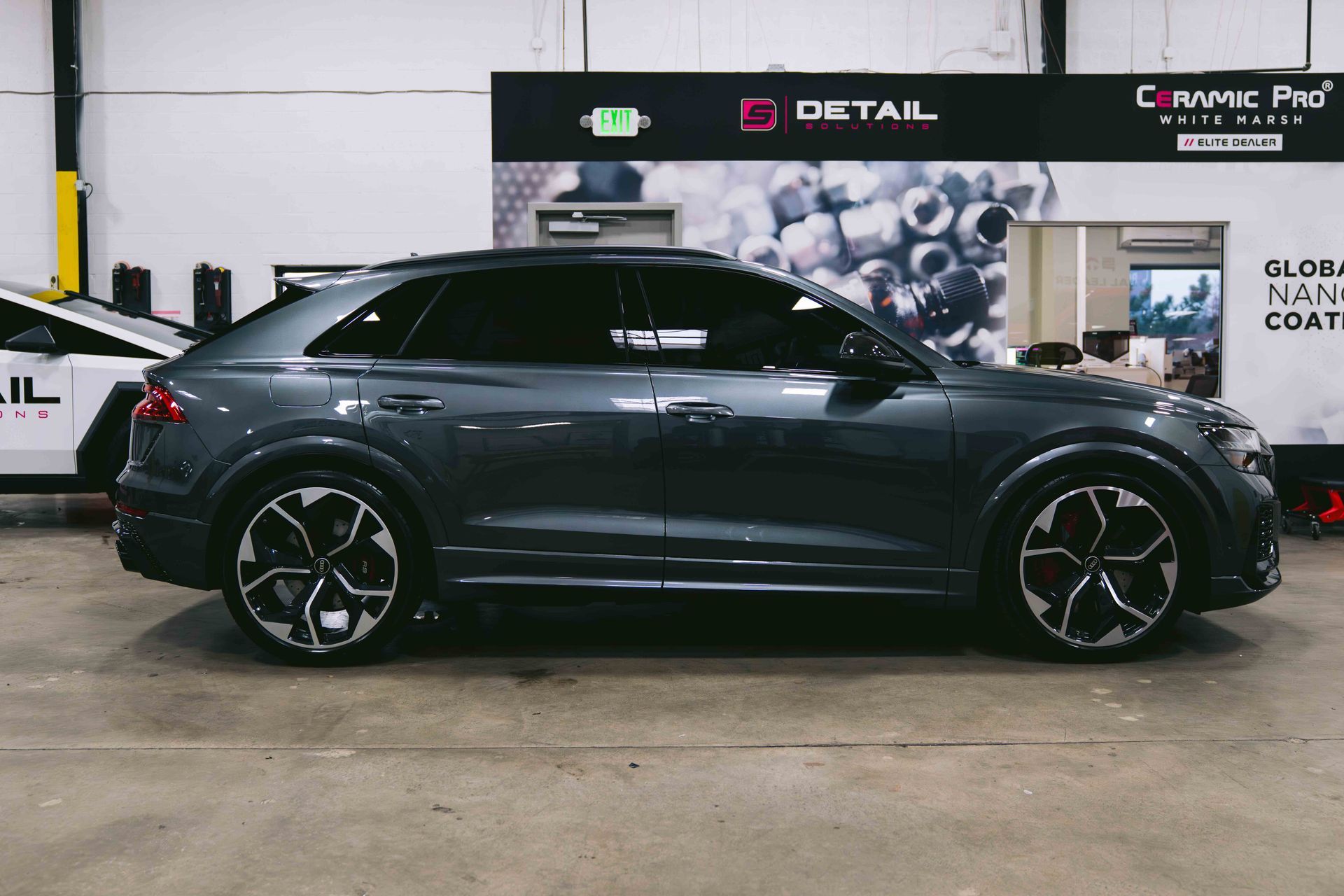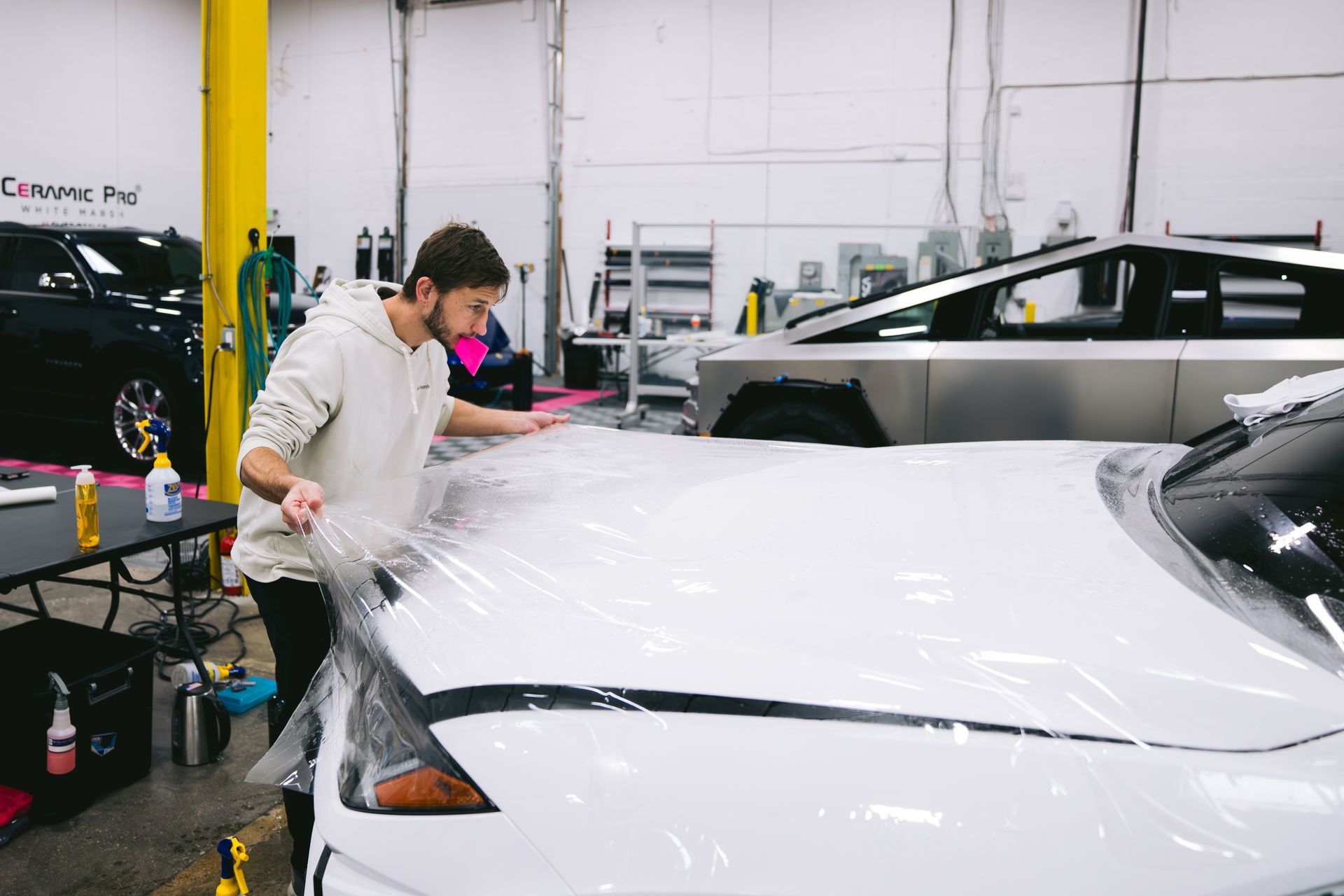When your car's paint gets scratched or worn, it can be tempting to think about quick fixes, like applying Paint Protection Film (PPF) right away. But is that really the best solution? Many people might believe that covering up the damage will keep it safe from worsening, but that's often not the case. Before jumping into a PPF application, it's essential to understand how to properly assess and address any paint damage first. This article dives into why fixing paint issues before layering on a protective film might be the smarter route after all.
Applying Paint Protection Film (PPF) over damaged paint can lead to further complications, as it may trap imperfections and prevent proper repair. It is generally recommended to address any underlying paint damage first through professional correction before applying PPF to ensure optimal results and longevity.
Assessing Paint Damage Levels
Damage can range from minor scratches to deep chips and peeling paint, and understanding these categories allows for informed decisions about potential repairs. This knowledge can save time and resources over the long haul. Think of it as giving your vehicle a health check; just like we might ignore a persistent cough, many drivers overlook little imperfections that might signal a problem beneath the surface.
Categories of Paint Damage
When assessing paint damage, we can group issues into distinct categories, each dictating the feasibility of applying PPF effectively. Below is a breakdown of the levels:
- Minor Scratches and Swirls: These are often caused by everyday mishaps, like improper washing techniques. For example, using a dirty sponge or towel can leave behind light surface abrasions that don’t penetrate much deeper than the clear coat. They're often self-healing with exposure to sunlight or heat.
- Rock Chips: These represent small yet deeper indentations inflicted by debris hitting the paint at high speeds. While they may seem negligible, failing to address rock chips can lead to rust if moisture gets under the paint where it’s chipped away. This is crucial since those minor spots could cause bigger headaches down the road.
- Deep Scratches: These scratches cut through both the clear coat and colored paint layers, sometimes exposing the metal underneath. They typically require more intensive repair work before considering PPF since damage this severe can compromise both aesthetics and integrity.
- Peeling Paint: This occurs when layers of paint start lifting off the bodywork—a common issue encountered in older vehicles or those that have had poor-quality repaints. Applying PPF over peeling paint is akin to placing a band-aid over an infected wound; it's just not going to hold up well.
Understanding these categories is critical not just for deciding if PPF is appropriate but also for determining what repairs should be done first. For instance, while you might consider putting PPF on minor scratches after a quick polish, deep scratches or peeling paint demand attention before any film is applied.
With this understanding of paint damage levels, it's essential to explore how best to manage these issues before considering protective measures further down the line.
Applying PPF to Damaged Paint
Applying Paint Protection Film (PPF) over damaged paint can feel like a double-edged sword. On one hand, it offers an immediate layer of protection; on the other, it can mask underlying issues that may worsen over time. One might think that simply covering up scratches or chips is enough to keep them safe from further harm, but this isn't always the case.
For instance, by sealing minor imperfections with PPF, you may inadvertently shield moisture and debris, which are notorious for exacerbating deterioration beneath their protective cover.
Consider a situation where you've just applied PPF over a small scratch that seemed harmless at first. As days pass, you notice that the film has created a locked environment for trapped water. The invisible trap gradually softens the affected paint area, leading to peeling or bubbled clear coat later. This unfortunate outcome often motivates many car enthusiasts to understand that neglecting repair can lead to doubling or tripling their maintenance woes.
While there are significant advantages in choosing to apply PPF directly, especially on newer vehicles with pristine paint surfaces, professional detailers maintain their resolve on addressing issues before applying the film. Minor scratches can often be polished out by experts without damaging the paint further—a common practice that optimizes aesthetics and longevity while keeping repair costs low.
Additionally, consider that applying PPF over well-maintained areas can enhance its adherence and durability compared to when it is placed atop scuffed or already-frayed surfaces.
However, let’s not overlook some sobering statistics. Studies indicate that when applied over damaged paint, the life expectancy of PPF diminishes by around 30%. This decreased lifespan could mean you’re buying additional replacements sooner than necessary.
In addition, it comes with an increased risk—adhesion failure rates climb as high as 25% for PPF adhered to compromised paintwork. Isn't it intriguing how something intended to safeguard your investment could end up costing you more in the long run?
Armed with these insights, it's essential to consider your options thoroughly. Understanding how to properly prepare your vehicle not only impacts the effectiveness of a protective film but also your overall satisfaction in maintaining its appearance.
Repairing Paint Before PPF Application
Repairing any paint damage is an essential step that shouldn’t be overlooked when considering PPF. Applying a protective film on top of damaged paint is akin to putting a bandage over an open wound without cleaning it first. You might be saving it temporarily from external scrapes, but the underlying issues could fester and create bigger problems down the road.
Steps to Repair Paint Damage
A holistic repair process not only improves the aesthetics of your vehicle but also enhances its longevity. Start with cleaning the surface meticulously. Use a pH-neutral car shampoo along with a microfiber cloth to wash away any built-up dirt or contaminants. This isn’t just about cleanliness; it allows for a proper bond between the paint and the subsequent layers you'll apply, including touch-up paint and ultimately, the PPF.
Once everything is clean, it's time to assess the damage. Examine whether imperfections require just a touch-up or if they need more extensive intervention like wet sanding or professional help. For example, light scratches can often be polished away quickly, while deeper chips might necessitate fillers to effectively fill in the voids.
If sanding and filling are necessary, grab some fine-grit sandpaper. With gentle pressure, work on deeper imperfections; this will level out the surface and make it ready for painting. Applying filler where needed is crucial because a smooth surface is essential for optimal adhesion later on.
Next is the exciting part – the actual repainting. Use multiple thin coats of touch-up paint instead of one thick layer. Each coat should dry thoroughly according to the manufacturer’s instructions—it sounds simplistic, but taking your time here prevents unsightly drips or uneven textures that undermine your hard work.
After the final coat has dried, gently polish the area; this helps blend your repair seamlessly with surrounding paintwork. The goal here is not only to fix but also to enhance! Seal everything with a clear coat for extra durability—like giving your vehicle an additional line of armor before rolling out into life’s adventures.
Properly preparing the painted surface ensures that once PPF is applied, it adheres well and performs optimally over time while keeping your vehicle looking pristine. This meticulous approach ultimately sets the stage for understanding what follows: exploring both advantages and disadvantages of applying such films over existing damages.
Benefits and Drawbacks of PPF Over Damage
Advantages
Immediate Protection is often cited as a primary benefit of applying Paint Protection Film (PPF) over damaged surfaces. For minor scratches or blemishes, PPF acts as a barrier against further environmental degradation. Once installed, it can safeguard the painted surface from additional scratches, UV rays, and harmful contaminants.
Imagine driving your vehicle under the blazing sun; PPF provides a layer of defense that prevents more wear and tear while ensuring that minor imperfections don’t worsen under chronic exposure.
Furthermore, there's the notion of being cost-effective. Many car owners consider that repair work can be costly and time-consuming. Thus, opting for PPF can seem like a financially savvy decision, especially when faced with minor damages. If your vehicle's paintwork has some scratches but isn't severely compromised, applying PPF might allow you to save on substantial repair costs while still fulfilling its protective role.
Drawbacks
Despite these appealing attributes, applying PPF over damaged paint comes with significant drawbacks worth considering. One glaring issue is the visibility of flaws; PPF cannot conceal existing damage. Instead, it may highlight underlying imperfections that were previously unnoticed—think of it as placing a clear seal over scratches; they become annoyingly visible beneath the film rather than go unnoticed.
This could detract from the overall appearance you'd expect from a freshly protected vehicle.
Furthermore, one must also ponder adhesion issues. If the paint is already damaged, PPF may adhere poorly to those compromised areas. The risk here is an ineffective application that not only reduces longevity but might also result in bubbling or peeling over time.
Then there's the worrisome potential for trapping deposits underneath the film itself; moisture or dirt caught between the paint and the protective layer can exacerbate existing issues instead of alleviating them. Imagine how frustrating it would be to see your vehicle's paint deteriorate further because of what was supposed to be protective.
These considerations set the stage for exploring firsthand experiences shared by users grappling with similar dilemmas, providing insights into making informed decisions tailored to specific needs and circumstances.
By being vigilant about these factors, you not only enhance your car's look but also maintain its resale value over time. If you're unsure whether PPF is right for your vehicle or need assistance with installation, reach out to us at
Baltimore Detail or call us at (410) 238-3000 for expert guidance.


